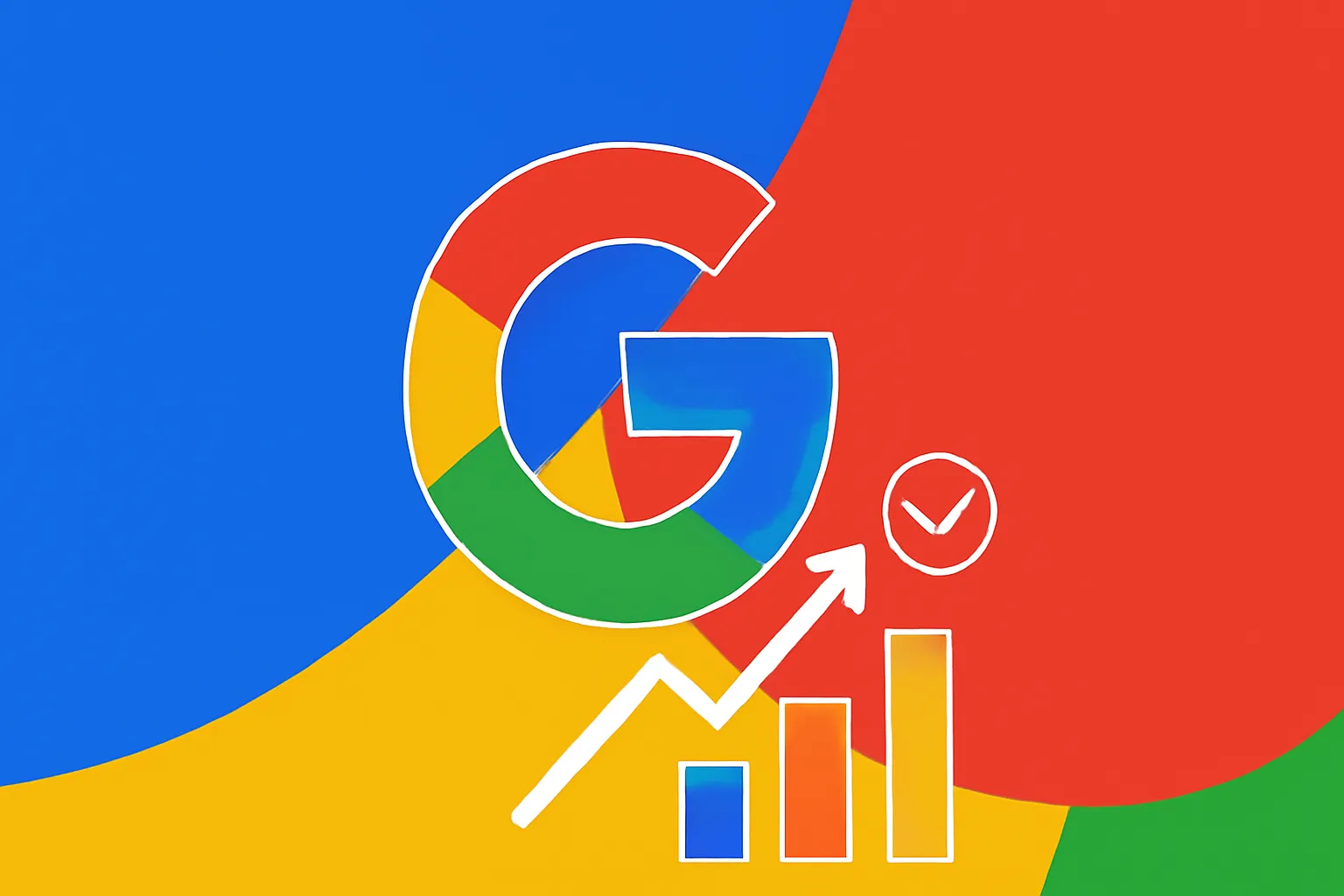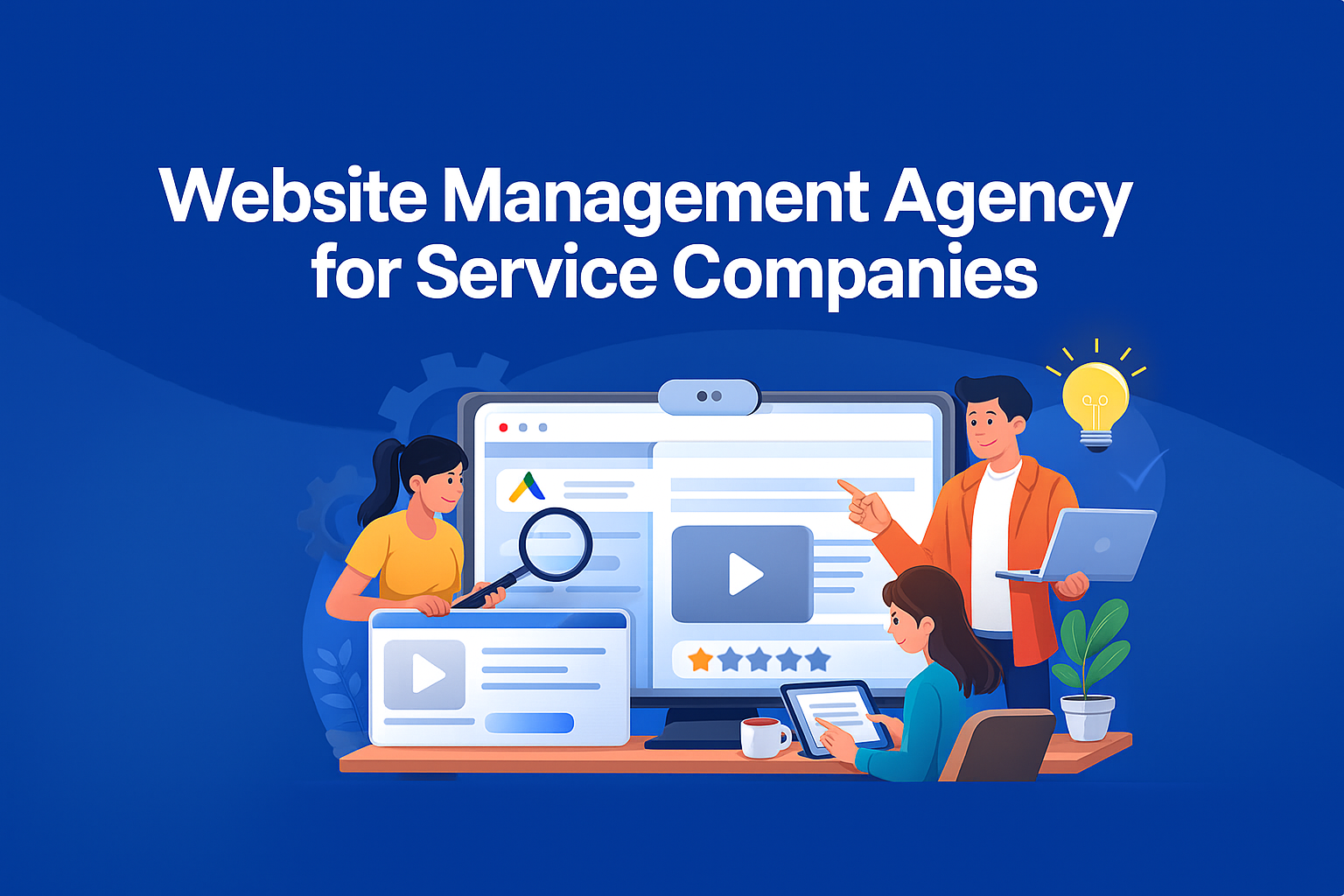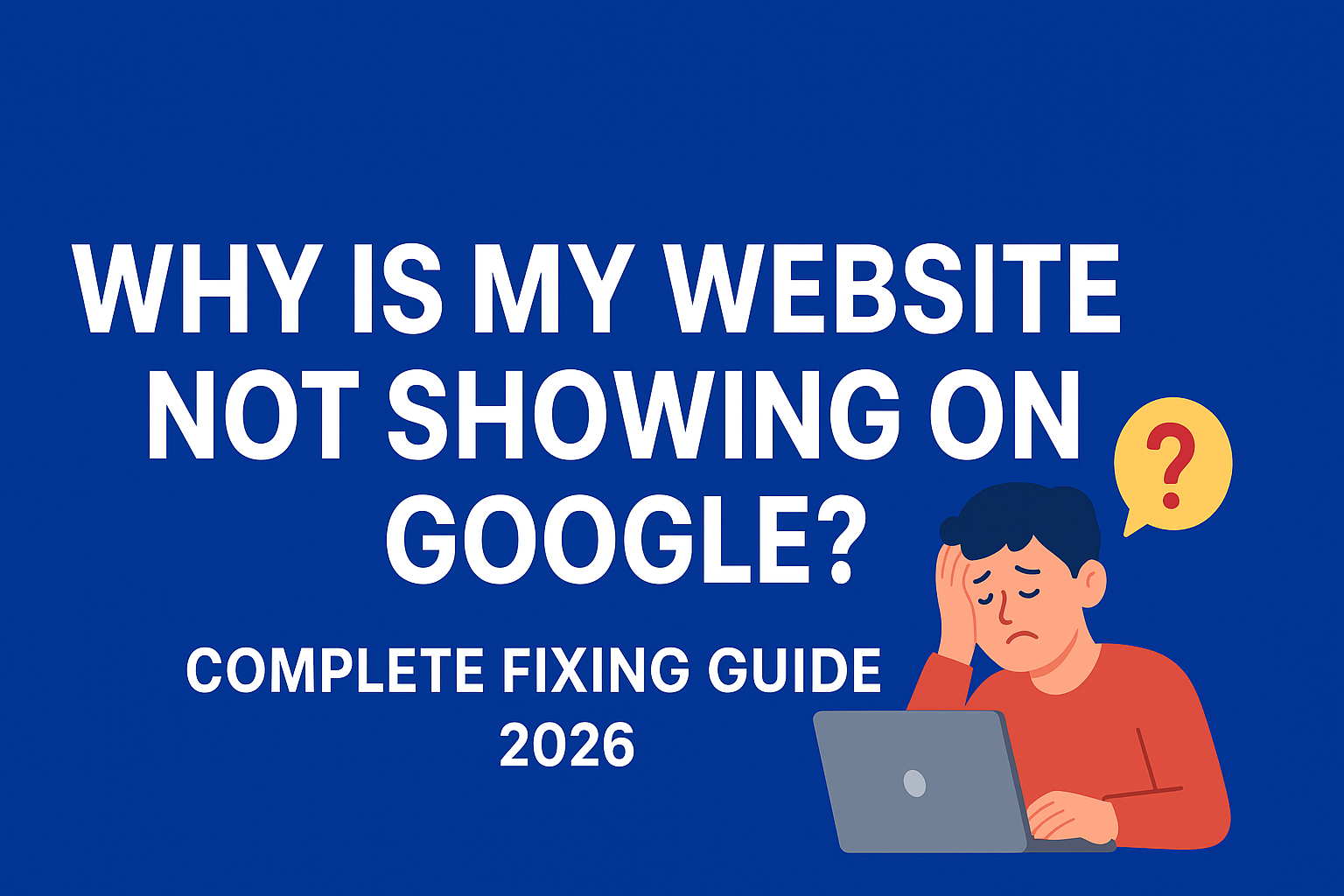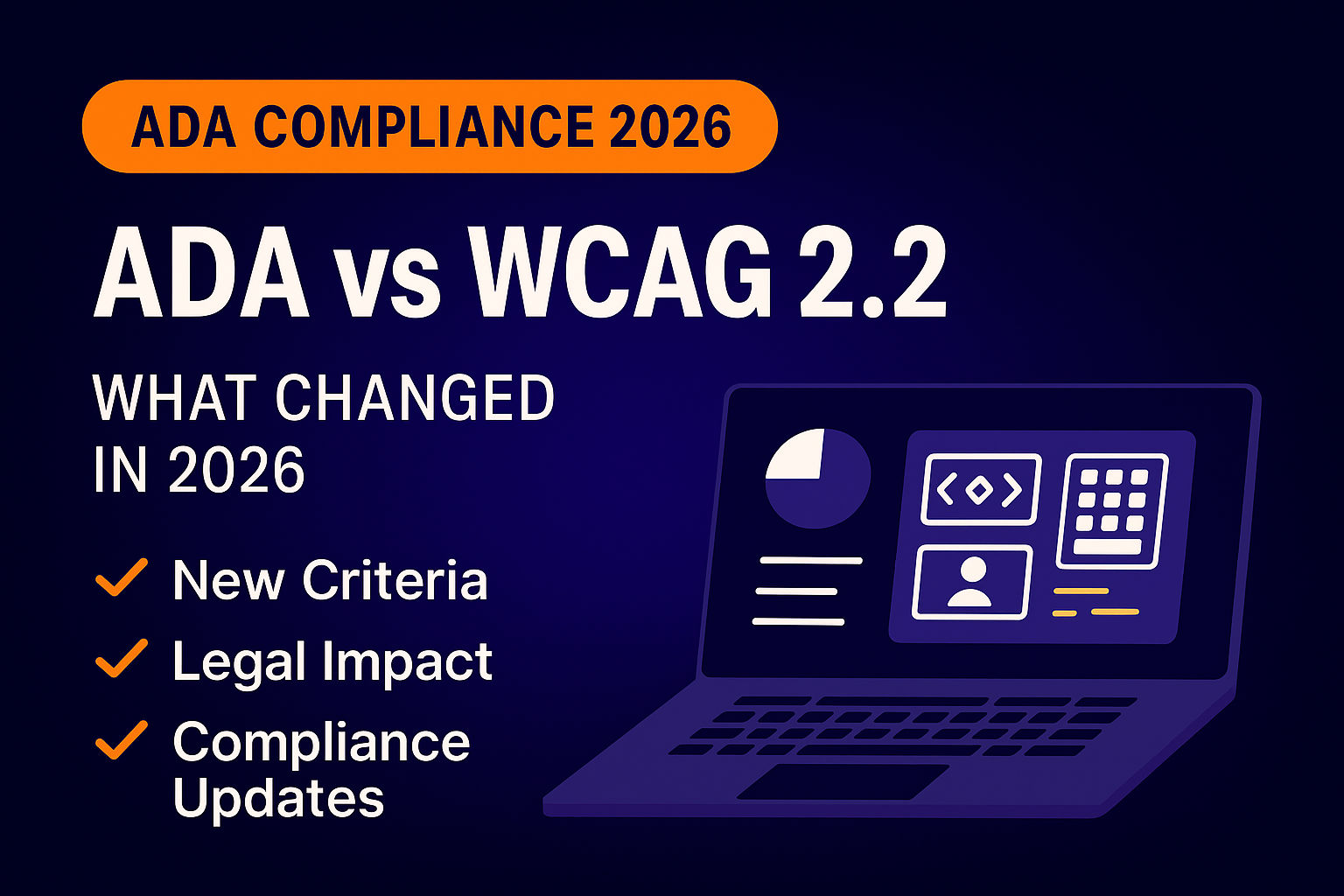If you’re running a business today, chances are you’ve already felt the power of Google. It’s everywhere. From the moment someone searches “best tacos near me” to looking up “how to fix a hybrid battery” to comparing reviews before making a big purchase—Google is part of that journey.
But here’s the thing: simply showing up isn’t enough anymore. You need a strategy. You need to know how to get seen, how to rank, how to advertise smart, and how to track what’s actually working. That’s what a solid Google marketing strategy is all about.
In this guide, we’ll break it all down. No jargon. No fluff. Just a clear, step-by-step way to use Google the right way in 2025.
Why Google Should Be Your #1 Marketing Channel
Think about this for a second: Google processes over 8.5 billion searches per day. That’s not just a number. That’s billions of chances for your business to show up when people are actively searching for something you can provide.
Here’s why Google is a goldmine for marketing:
- High intent traffic – People searching on Google aren’t just browsing. They’re looking for answers, solutions, or products.
- Trust factor – People trust Google’s recommendations (those top spots get the clicks).
- Scalability – From small businesses to Fortune 500 companies, Google’s platforms (SEO + Ads) can scale with you.
If you’re serious about visibility, growth, and leads, Google marketing isn’t optional. It’s essential.
The Two Pillars of Google Marketing
When we talk about “Google marketing strategy,” it usually boils down to two main pieces:
- Google SEO (Search Engine Optimization) – The art of ranking organically in search results.
- Google Ads (PPC) – Paying to show up right away at the top of search results.
Both work beautifully, but they serve different purposes. Think of SEO as planting trees for shade in the long term, and Ads as renting an umbrella right now. The smartest businesses do both.
Step 1: Nail Your Google SEO
SEO can feel overwhelming, but it really boils down to three areas:
1. On-Page SEO
This is everything on your site that tells Google what you’re about. That includes:
- Keyword-rich headlines (H1s, H2s, etc.)
- Optimized meta titles and descriptions
- Fast-loading pages (nobody waits for slow sites)
- Mobile-friendly design (Google uses “mobile-first” indexing)
- Internal linking to guide readers deeper
Example: If you’re a car dealership, you don’t just want a page that says “Cars for Sale.” You want targeted pages like “Used Toyota Camry for Sale in Dallas” because that’s what people actually search.
2. Off-Page SEO
This is about your reputation outside your website. Google looks at signals like:
- Backlinks (quality > quantity)
- Local business citations (Google Business Profile, Yelp, etc.)
- Reviews (yes, reviews impact rankings!)
If people are talking about you positively online, Google trusts you more.
3. Technical SEO
This is the behind-the-scenes stuff:
- Fixing broken links
- Creating an XML sitemap
- Ensuring secure browsing (HTTPS)
- Optimizing for Core Web Vitals (loading, interactivity, stability)
Think of it as making sure your site’s engine runs smoothly before you try racing.
Step 2: Use Google Ads the Smart Way
Google Ads gets you instant visibility. But without strategy, you’ll burn money fast.
Here’s how to do it right:
1. Understand Search Intent
Don’t just bid on “cars.” That’s too broad and expensive. Instead, bid on long-tail keywords like “2022 Toyota Camry hybrid price Dallas.” These people are closer to buying.
2. Optimize Ad Copy
Your ad should scream relevance. Example:
Searching for “Dentist in Austin”?
Your ad should literally say: “Top-Rated Dentist in Austin – Book Today.”
The closer your ad matches the searcher’s intent, the higher your click-through rate.
3. Landing Pages Matter
Don’t send paid traffic to your homepage. Send them to a landing page built for conversions—fast, focused, and with a clear call-to-action (CTA).
4. Retargeting Ads
Ever looked at shoes online, then saw them follow you everywhere? That’s Google retargeting. It works because most people don’t buy the first time. Retargeting brings them back.
Step 3: Dominate Local SEO with Google Business Profile
If you’re a local business, your Google Business Profile (GBP) is just as important as your website.
Here’s how to optimize it:
- Fill out every detail (hours, services, address, website).
- Add high-quality photos.
- Post weekly updates (yes, it boosts visibility).
- Collect reviews—and respond to them.
Imagine someone searching “coffee shop near me.” The “map pack” that shows up? That’s GBP in action. And it’s often clicked before the actual website links.
Step 4: Track Everything with Google Analytics + Search Console
Here’s the truth: marketing without data is like driving blindfolded. You need to know what’s working.
- Google Analytics shows traffic sources, conversions, and user behavior.
- Google Search Console shows what keywords you rank for and where you need improvements.
Together, they tell you if your SEO and Ads strategy is paying off—or if you’re just throwing money into the void.
Step 5: Content is Still King (But Smarter in 2025)
Google has gotten insanely good at recognizing quality content. So your blog posts, guides, and landing pages need to be:
- Helpful (actually answer questions).
- Original (not just copy-paste SEO fluff).
- Easy to read (short sentences, clear headings).
- Engaging (use examples, stories, visuals).
Pro tip: Use E-E-A-T (Experience, Expertise, Authoritativeness, Trustworthiness). Google loves content that feels authentic and backed by expertise.
Step 6: Future-Proof Your Google Marketing
Google is always changing. What works today might be outdated tomorrow. So here’s what to watch in 2025:
- AI-driven search (Search Generative Experience) – Google is rolling out AI answers right in search results. You’ll need to create content that still attracts clicks even when Google summarizes.
- Voice search – More people ask Google Assistant or Alexa instead of typing. Optimize for conversational queries like “Where’s the nearest car dealership open now?”
- Video-first search – YouTube (owned by Google) is becoming a bigger piece of search. Expect more video results for queries.
If you adapt early, you win.
Real-Life Example: Small Business Success with Google Marketing
Let’s say you run a small bakery in Chicago. Here’s how a Google marketing strategy could play out:
- You optimize your site with keywords like “custom birthday cakes Chicago.”
- You run a Google Ads campaign targeting “best cake shop near me.”
- You fully optimize your Google Business Profile, collect glowing reviews, and upload photos of cakes.
- You track traffic with Analytics and see that your “wedding cake” page is getting the most leads—so you double down.
- You post short, fun YouTube videos showing cake designs (boosting visibility in Google video search).
Within six months, you’re not just getting random traffic—you’re getting orders. That’s the power of doing this right.
SEO vs Google Ads: Which Should You Start With?
Both have their place. But if budget is tight:
- Start with SEO if you want long-term results and can wait 6–12 months for rankings.
- Start with Ads if you need leads now and can afford the ad spend.
- Do both if you want to build sustainable growth while still capturing immediate traffic.
Here’s a quick comparison:
| Feature | SEO | Google Ads |
| Cost | Free (but takes time) | Paid (cost per click) |
| Speed | Slow (3–6 months) | Instant (same day) |
| Long-Term Value | Evergreen | Stops when budget stops |
| Control | Limited (Google decides) | High (you set targeting/budget) |
Final Thoughts: Building Your Google Marketing Strategy
Google marketing isn’t about chasing hacks. It’s about building a strategy that blends SEO, Ads, local optimization, and smart content. It’s about showing up when people are searching and giving them the confidence to choose you.
The businesses winning in 2025 aren’t just the ones spending the most—they’re the ones being the most strategic.
So, start with the basics: get your SEO in place, test some Ads, optimize your Google Business Profile, and keep tracking everything. From there, expand into video, AI-driven content, and voice search.
Do this, and you won’t just survive on Google—you’ll thrive.





